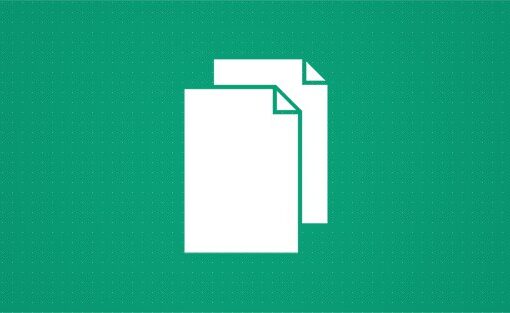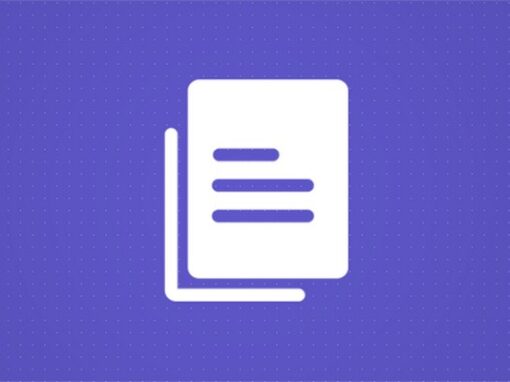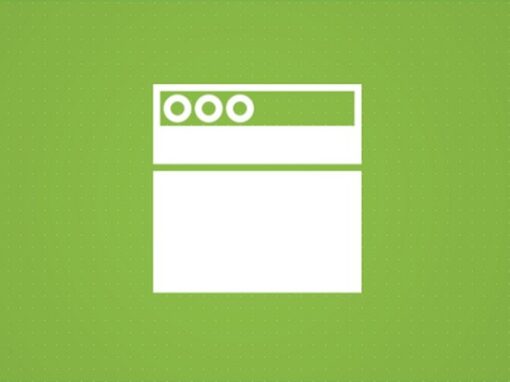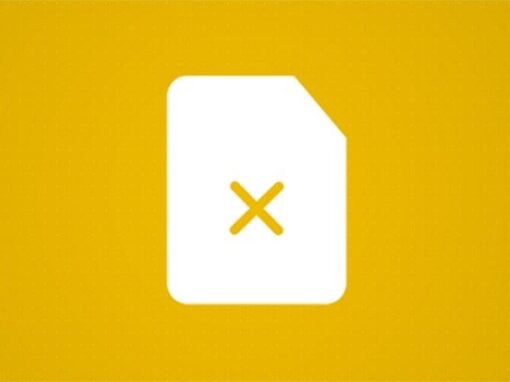
WordPress Media Library – How to Use It and Add Images
When your blog is well written enough to engage your audience, why do you need to add media files to your WordPress articles? Media files are something you shouldn’t miss including on your site. Pairing information with pictures and videos helps your audience to understand written words quickly and








